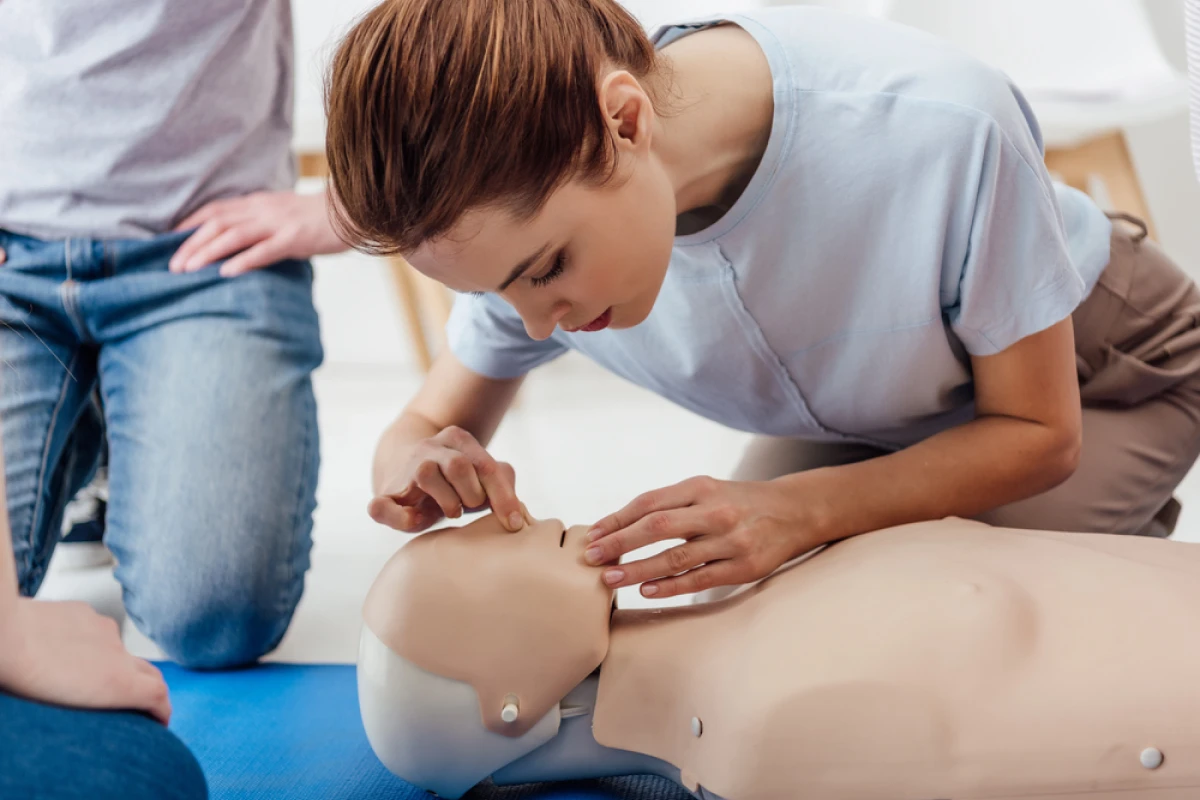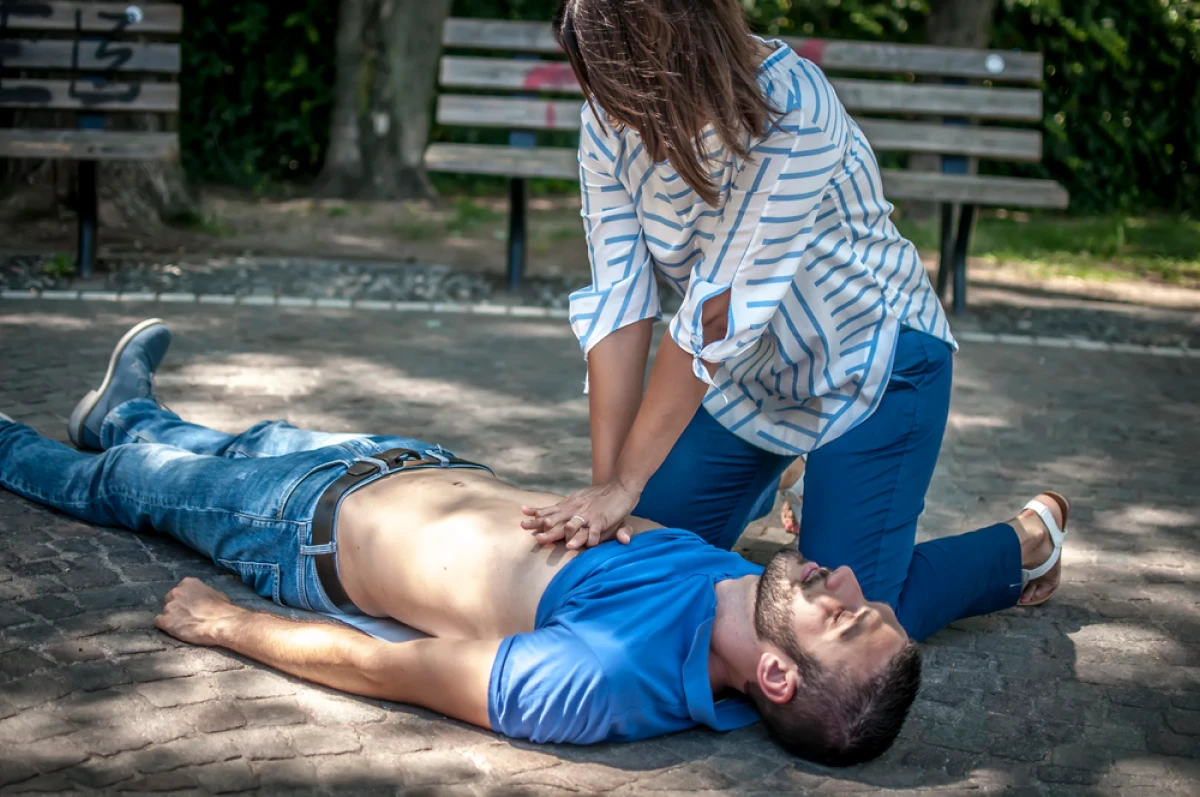
In an increasingly digital world, more people are turning to online education to acquire essential life-saving skills like CPR. Whether you live in the bustling streets of Toronto or a quiet town like Kalispell, Montana, online CPR certification has emerged as a convenient, accessible, and cost-effective solution. But how do online courses stack up against traditional in-person training? What are the regulations, benefits, and pitfalls of digital CPR certification in North America?
This in-depth guide explores everything you need to know about online CPR certification in the United States and Canada. We’ll hear directly from instructors and students, examine regional differences, and analyze key data so you can make an informed decision.
Online CPR training has seen explosive growth in the past decade. Fueled by the COVID-19 pandemic, a growing need for flexible education, and better virtual tools, more learners are logging on to get certified.
“I started teaching online in 2020 out of necessity,” says Chloe Matthews, a certified CPR instructor from Windsor, Ontario. “What surprised me was how quickly people adapted—and how effective online learning can be with the right tools.”
In the United States, organizations like the American Heart Association (AHA), American Red Cross, and Health & Safety Institute (HSI) offer online CPR programs that include video demonstrations, interactive modules, and remote assessments.
“When the pandemic hit, we had to innovate,” notes Brandon Chen, a training coordinator at a health center in Albuquerque, New Mexico. “We didn’t have the luxury of waiting until in-person training was possible again.”
As of 2024, over 40% of CPR certifications in North America are now issued through hybrid or fully online platforms.
Online CPR training generally covers:
Some courses are basic (designed for laypersons), while others include BLS (Basic Life Support) for healthcare professionals.
|
Type |
Target Audience |
Includes Hands-On Portion? |
|
Online Only |
Parents, caregivers, general public |
No |
|
Blended Learning (Hybrid) |
Medical professionals, lifeguards |
Yes (in-person skills test) |
|
Recertification Courses |
Previously certified individuals |
Sometimes |

Not all online CPR certifications are created equal. In both Canada and the U.S., employers, schools, and regulatory bodies often require certification from a recognized organization.
“We require our staff to hold certifications from accredited providers only,” says Linda Brown, HR manager at a senior care facility in Kelowna, British Columbia. “It’s about liability and quality assurance.”
Failing to verify accreditation can lead to complications with job applications, legal compliance, or even eligibility to perform CPR in emergencies.
“I’m a stay-at-home mom, and I couldn’t have taken an in-person class even if I wanted to,” shares Heather Donnelly from Eau Claire, Wisconsin. “Online CPR was a lifesaver—literally and logistically.”
“As a paramedic, I strongly recommend hybrid models at a minimum,” says Tommy Vargas, EMS educator in Lubbock, Texas. “Compression technique and timing matter—you don’t want your first time practicing to be during an actual emergency.”
Blended CPR courses combine online theory with an in-person skills assessment. These are increasingly the gold standard for jobs that require CPR training.
“We use a hybrid format that includes a digital learning module followed by a 30-minute in-person test,” explains Monique Tremblay, lead instructor at a training center in Sherbrooke, Quebec. “You get flexibility without sacrificing skill validation.”
Hybrid courses are especially popular in:
While CPR content is mostly standardized, there are key legal and procedural differences across regions:
|
Region |
CPR Required for High School Graduation? |
Recognized Certification Bodies |
|
Ontario |
Yes |
Red Cross, Heart & Stroke |
|
California |
Yes |
AHA, Red Cross, HSI |
|
Alberta |
No (recommended) |
St. John Ambulance, Red Cross |
|
New York |
Yes |
AHA, Red Cross |
|
British Columbia |
No (varies by district) |
Red Cross, St. John Ambulance |
Before enrolling, make sure the course:
Bonus features like mobile apps, live Q&A, and practice quizzes can improve your learning experience.
Daniel Keith, a high school coach from Boise, Idaho, earned his certification online. Three months later, he used it.
“One of our players collapsed during practice. I remembered what I’d learned—how to assess, how to act,” he says. “That onli ne training helped me stay calm. EMS said our quick action gave him a real shot.”
In Moose Jaw, Saskatchewan, Leah Morton, a retired nurse, took an online recertification course.
“I hadn’t practiced in years, but my granddaughter has asthma. I wanted to be ready,” she explains. “The course was simple and effective—and gave me confidence again.”
Online CPR certification isn’t just a pandemic-era trend—it’s a forward-thinking, inclusive, and powerful tool. With proper vetting, a quality online course can prepare you just as effectively as traditional models, especially when paired with hands-on refreshers.
Whether you’re in Toronto or Tulsa, your readiness could be the difference between tragedy and survival. Online training makes that readiness more achievable than ever.
Ready to certify or renew your CPR skills? Visit MyCPR to explore online, hybrid, and in-person training options across the U.S. and Canada.
This guide was created to inform individuals, employers, and educators on the landscape of CPR training in the digital age. For more updates, resources, and local requirements, subscribe to our newsletter.
More articles by the writer
911 emergency dispatchers are assisting in saving more and more lives every year. There has been a dramatic increase in successful life-saving assists made by emergency dispatchers in the last few years. This is due to the several changes made by WCCA to the ways cardiac arrest cases were handled by the dispatchers. The Washington County dispatchers, in 2011 helped in saving 3 lives by offering CPR assistance which grew to 14 in 2012 and 22 in 2013, while in 2014 it reached to 31. According to the performance manager for Washington County Consolidated Communications Agency, Mark Chandler, “It’s far greater than anyone expected. These are saving people’s lives.” The American Heart Association, in 2010 set up new resuscitation guidelines calling for “hands-only CPR.” As per the emergency dispatchers majority of people are reluctant to perform mouth-to-mouth CPR and its instruction was also quite complicated. In accordance to Mark Chandler, “Previously, we wouldn’t get to the compressions unless we knew that somebody did an effective rescue breath. So that could take three, four, five, six or seven or eight minutes.” Doctors believe that during chest compressions, the blood moves through the lungs where it gets the oxygen and carry it to the brain and heart. This is the why Washington County dispatchers are instructed to begin cardiopulmonary resuscitation on every cardiac arrest victim. Chandler said, “About 50 percent of the time that we do compressions, they don’t need them. But we have determined that nobody is going to get seriously injured. They might get a rib that is broken. On the other hand, if they need CPR and they don’t get it, the outcome is guaranteed. That would be death.” In this regard, the Washington County 911 has also begun dispatching the closest ambulance, fire or police unit equipped with a defibrillator to cardiac arrest calls. Â http://www.kgw.com/story/news/investigations/2015/05/14/new-cpr-rules-drastically-increase-rate-of-lives-saved/27335361/
Vlad Magdalin